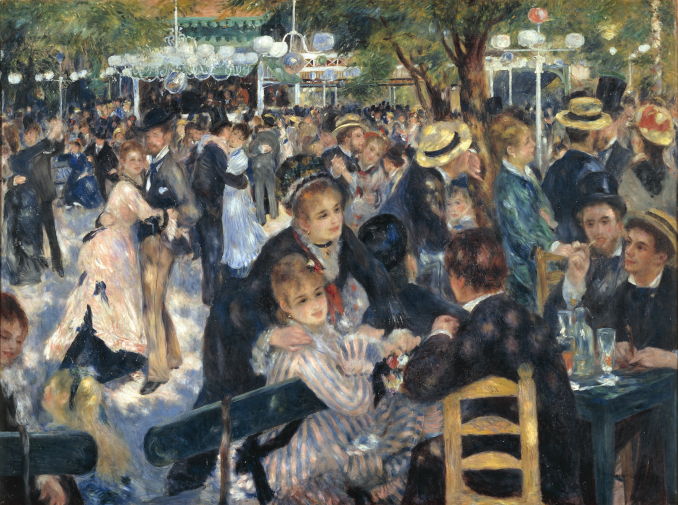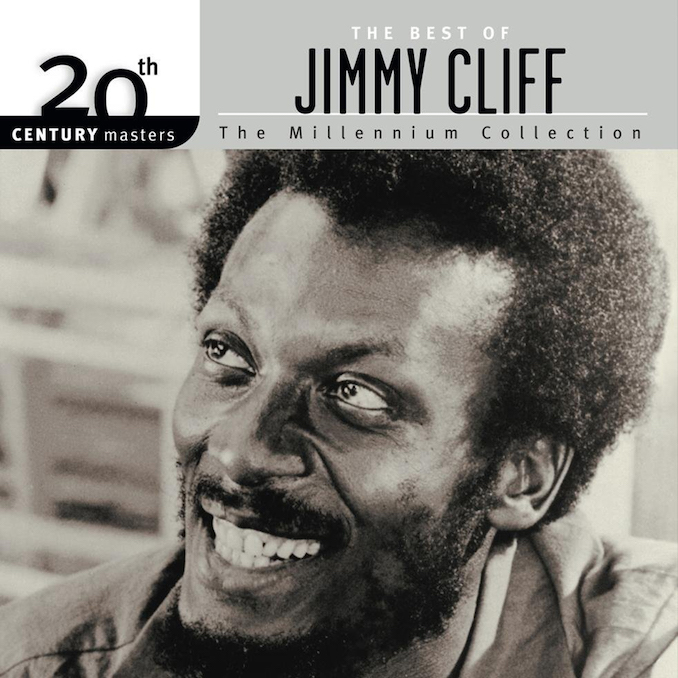
By Nina Heyn — Your Culture Scout
No matter how much or how little we know about fine art, we can all spot the difference between paintings by old masters and the art that was launched by post-Classical artists—Impressionists, Modernists, and representatives of all subsequent movements, from Surrealism to Abstractionism.
There are various reasons for this difference. In the world before the Enlightenment, the majority of people believed that the world created by God was perfect in every aspect and to paint was to get as close as possible to that perfection. The Renaissance humanists sought perfection for perfection’s sake—the more naturalistic the representation, the better was the painting. The belief in a “Great Chain of Being” (the medieval concept of the God-ordained hierarchy of creatures, from angels to worms) contributed to the expectation that all things painted—people, minerals, or plants—should be rendered with naturalism. Artists like Cézanne and Matisse were attacked viciously for years by art critics who were incensed that a human face would be green or a table crooked, with apples ready to slide off.








